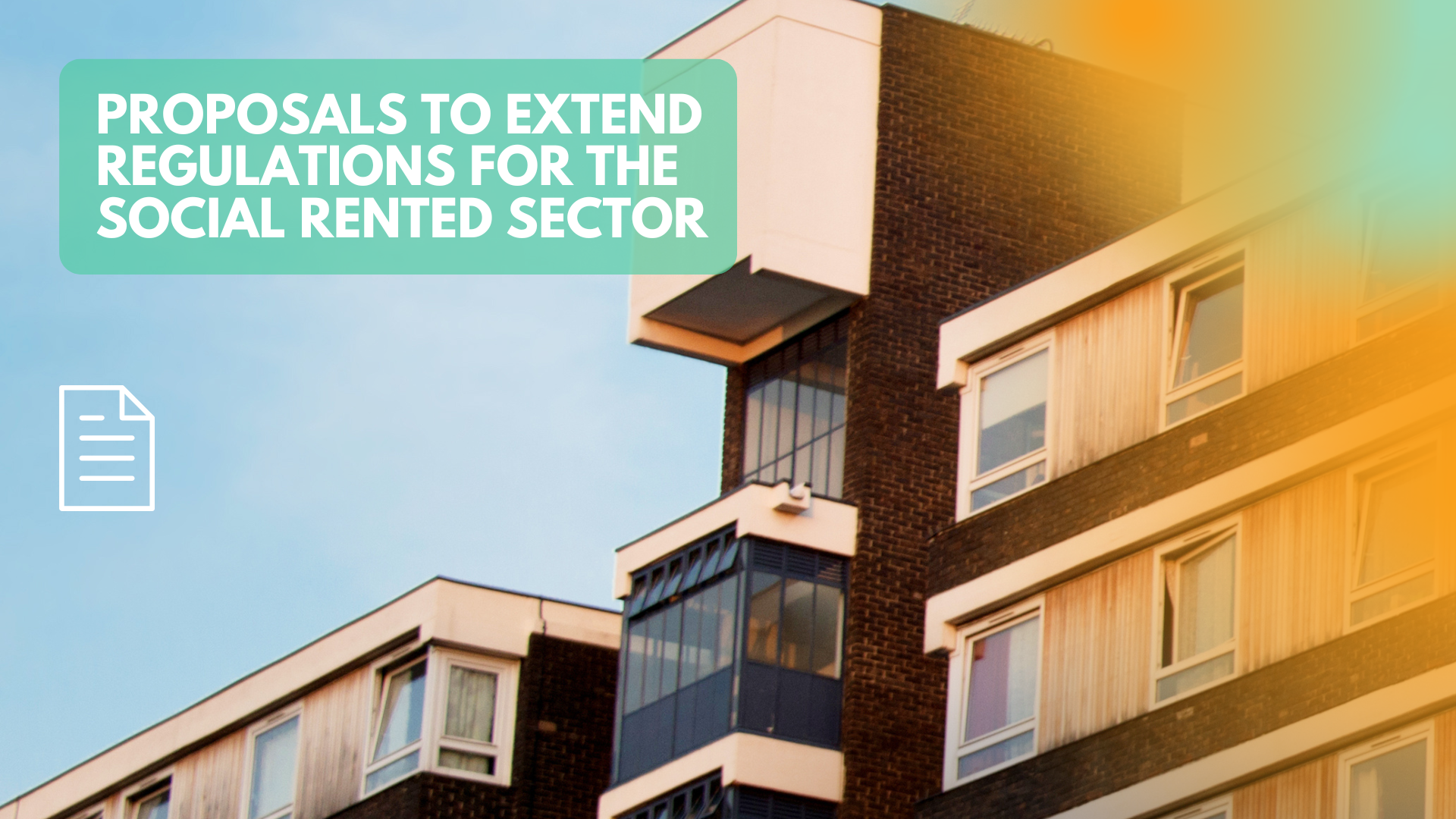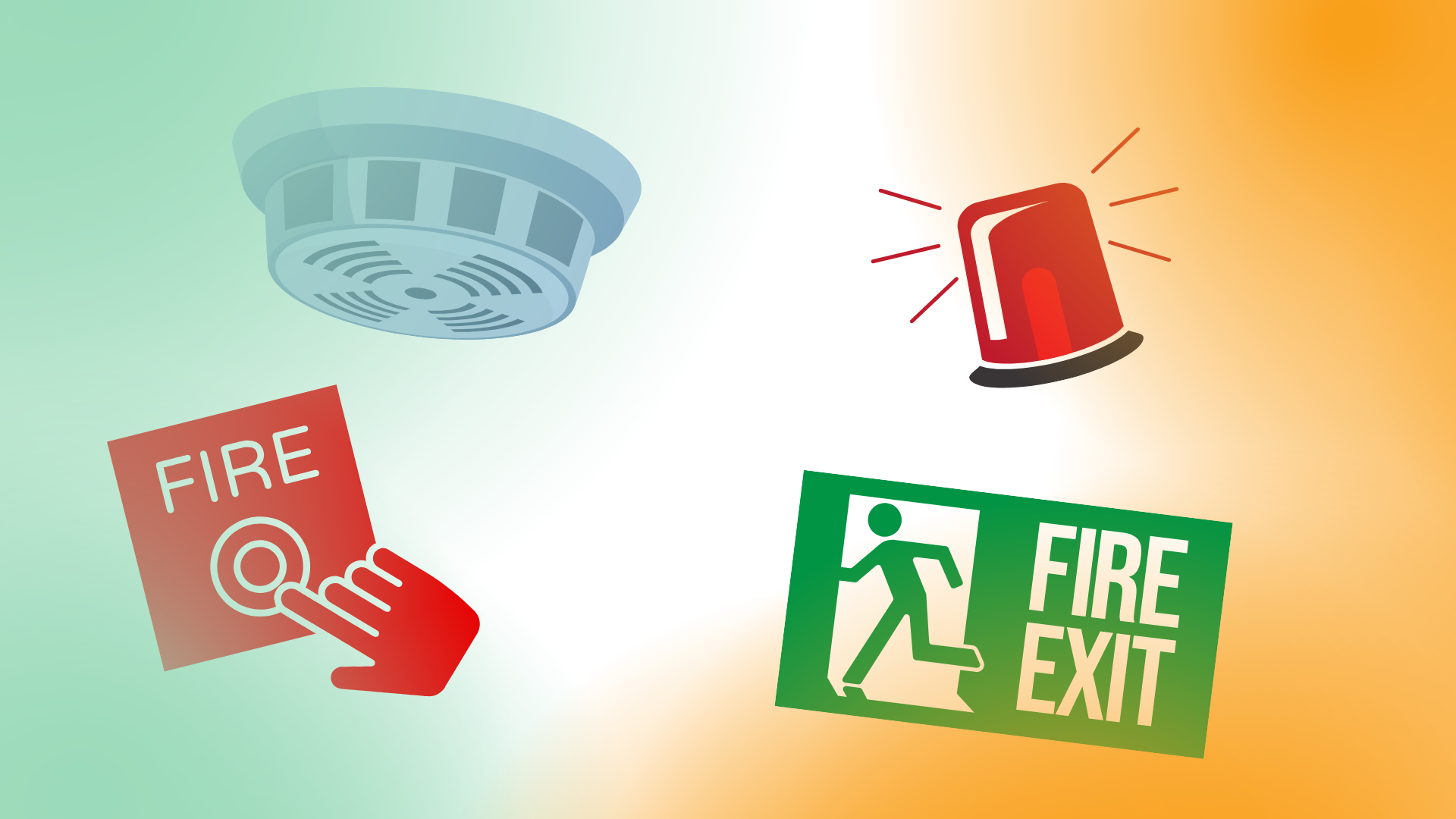Five Reasons Why Facilities Management Services Benefit Your Business
Harnessing economies of scale and expertise for a better workplace

In today’s fast-paced business environment, facility management services play an important role in ensuring smooth operations, enhancing efficiency, and providing a safe and well-maintained workplace. Often as business grows, they procure different services from different providers - this disjointed approach can cost time and money.
Here are five key reasons why investing in professional facility management can give your company a boost
- Increased Operational Efficiency
A well-managed facility ensures that all critical services—such as maintenance, cleaning, and security—are handled efficiently, allowing employees to focus on their core responsibilities. It also allows for a single provider to capture multiple issues or provide multiple services in one visit. - Cost Savings and Budget Control
Facility management providers optimise resources, implement preventive maintenance strategies, and reduce energy waste, ultimately leading to lower operational costs and improved financial planning for a company. Economies of scale exist because providers can offer multiple services at the same time, and provide specialists (such as electricians) only when needed. - Enhanced Workplace Safety and Compliance
With strict regulations in place, businesses must ensure compliance with health and safety standards. Professional facility management teams help mitigate risks, conduct regular inspections and plans, and ensure a safe working environment for employees and visitors. They also stay across the latest legal and regulatory changes. - Improved Employee Productivity and Well-being
A well-maintained and comfortable workspace positively impacts employee morale and productivity. Clean and organised environments contribute to better focus, lower stress levels, and increased job satisfaction. - Sustainability and Environmental Responsibility
Facility management services help businesses implement eco-friendly solutions, such as energy-efficient lighting, waste reduction programs, and sustainable building practices, reducing the company’s environmental footprint.
Investing in facility management services is not just about maintaining a building; it’s about optimising operations, improving employee well-being, and positioning your business for long-term success. By outsourcing to professional facility managers, companies can focus on growth and innovation while ensuring a safe, efficient, and sustainable workplace.
Interested in how facility management can transform your business? Contact us today to learn more!











